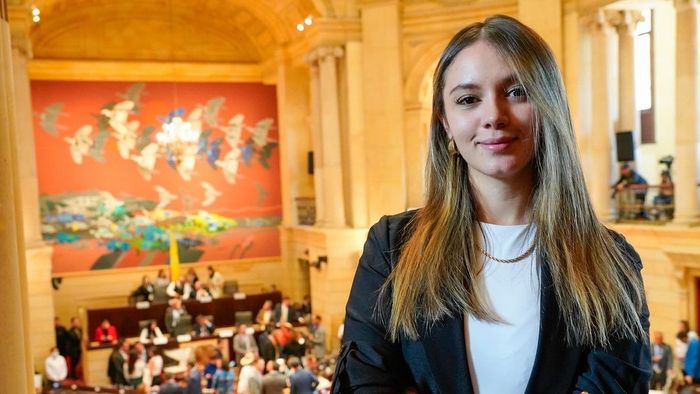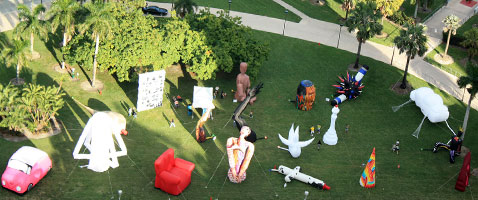By Jose Carlos de Santiago
A project of public art caught my eye during this last edition of Art Basel Miami Beach. Conceived to remodeling individual creations to monumental scales, as well as approaching creations to viewers that haven’t gotten used to visiting exhibitions or galleries; thought to cause sensitivity and become a quasi-didactical way of getting people, who are out of the art world, next to contemporary languages; Giants in the City, exhibition of large-scale inflatable sculptures, was displayed at the Bayfront Park in Bayside, Downtown Miami, during the fair.
 Niki De Saint Phalle’s glorious giant sculptures are a hard-to-forget memory. The intention is similar in terms of the interaction with the incidental public–that needs an attractive and suggestive call– especially children.
Niki De Saint Phalle’s glorious giant sculptures are a hard-to-forget memory. The intention is similar in terms of the interaction with the incidental public–that needs an attractive and suggestive call– especially children.
I talked to some of the participants, among them Alejandro Mendoza (Cuba-United States), curator of the exhibition, who was interested, since the very beginning of his career as sculptor, in creating monumental works for alternative spaces. “The idea for this project came up back in 2008” –he explained– “I told five colleagues about the details and they immediately decided to create their artworks. Suddenly, a personal idea turned into collective interest, it began to grow up.”
 Ever since, the project has been taken to the Dominican Republic, Japan, Italy, and its payroll varies in every edition. According to Mendoza: “What I try to achieve as a curator is taking the artists to carry out, on these inflatable artworks, the logic course of their work. Their poetry shouldn’t be “distorted” because of making incursions in this type of format”. That’s the reason why the exhibition is diverse, in terms of theme and form, as the artworks show, somehow, the “style” of each creator, the way the see the world.
Ever since, the project has been taken to the Dominican Republic, Japan, Italy, and its payroll varies in every edition. According to Mendoza: “What I try to achieve as a curator is taking the artists to carry out, on these inflatable artworks, the logic course of their work. Their poetry shouldn’t be “distorted” because of making incursions in this type of format”. That’s the reason why the exhibition is diverse, in terms of theme and form, as the artworks show, somehow, the “style” of each creator, the way the see the world.
Thus, Miguel Fleitas presents The Breast Project, a tribute to the sacrifice of Latin women, who are forced to modify their image so as to compete in a world marked by limited beauty canons, which usually stop them from succeeding, so the artwork is totally connected to his pictorial representation of female busts and torsos; and Sandra Garcia Pardo, Colombian sculptor who lives in Miami and works, with recycled materials, the abstraction and conceptual art, surprises us with an impressive red chair, ambiguous in terms of her suggestion of rest (in couple) and ineffectiveness in the physical space. Bartus Bartolomes’s monumental work is also linked to his bi-dimensional work, as it represents pictographic and calligraphic signs attached with ludic sense, in a sort of pre-historical mural-comic in which humor certainly plays a leading role; while Astolfo Funes reformulates his colorist explosion –a feature of his painting–in an overelaborate design, far from the minimal tone that characterizes many of the works.
Giants in the cityhas literally grown up with time. After Alejandro Mendoza’s first artwork, 16-feet tall, nowadays some works reach 42 feet, almost a three-floor building. In spite of its characteristics as ephemeral art, the project has also succeeded from the commercial viewpoint; in fact many of the displayed works are borrowed, as collectors who bought them are interested in somehow maintaining the dynamic of their creation. We can’t forget that top-of-the-line artists have participated in this exhibition, such as Jose Bedia, whose 25-feet inflatable whale is worth 70-75 thousand dollars.
 As for the interest of commercial galleries in Giants and the participation of Bedia, Mendoza comments that “he was one of the pioneers, one of the first colleagues who decided to take part in this project of public art. As a curator, I try to organize a high profile event, including creators with certain positioning of their careers, some maturity. Each one of them is already represented by galleries, which eventually ask to showcase these giants. This is how the project enters other spaces.”
As for the interest of commercial galleries in Giants and the participation of Bedia, Mendoza comments that “he was one of the pioneers, one of the first colleagues who decided to take part in this project of public art. As a curator, I try to organize a high profile event, including creators with certain positioning of their careers, some maturity. Each one of them is already represented by galleries, which eventually ask to showcase these giants. This is how the project enters other spaces.”
Undoubtedly, Giants in the city thinks of the city, the aesthetic formation of their inhabitants. “It’s an exercise of public art” –says the curator–, and the nobility of this action lies on its intention of “giving access” to the art, usually exhibited in galleries. Other reflection convinces: Bartus Bartolomes comments that the exhibition is conceptually “perhaps ephemeral in the city, but eternal in the vision of aesthetics and life, because it’s all about works that stay as they provide pleasant memories of a novel experience.”
This event, that gathered eighteen creators (Alejandro Mendoza, Paula Urbano, Luis Delgado, Frank Hyder, Sandra Garcia-Pardo, Martin Kaupp, Otton Castañeda, Bartus Bartolomes, Astolfo Funes, Miguel Fleitas, Maximo Caminero, Angel Vapor, Yovani Bauta, Blanca Caraballo, Mariano Costa Peuser, Cecilia Lueza, Miguel Rodez and David Egena), was sponsored by the city of Miami and Miami Downtown Development Authority. “Definitively, we wouldn’t have been able to carry out such an event without them” –Mendoza says.
The organizers of Giants in the City received the proposal of re-editing the exhibition in Mississippi. We will keep you posted on the details.
Publicaciones relacionadas
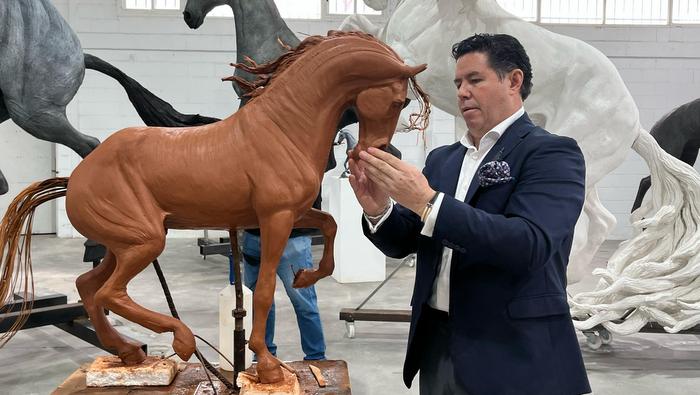
Jorge Montalvo, arte a galope entre Ecuador y España
Marzo 26, 2025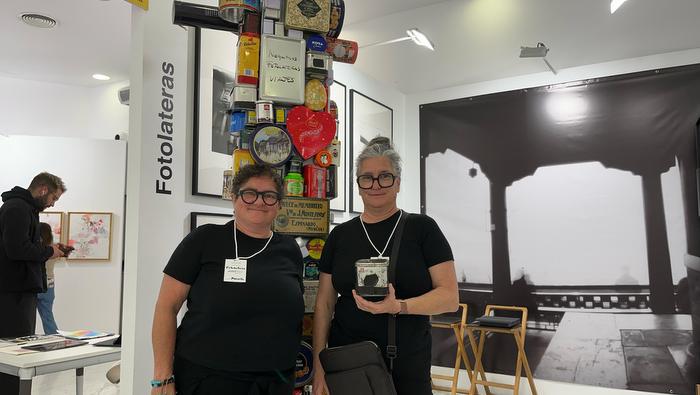
Fotolateras: cuando la luz y el azar cocinan arte
Marzo 09, 2025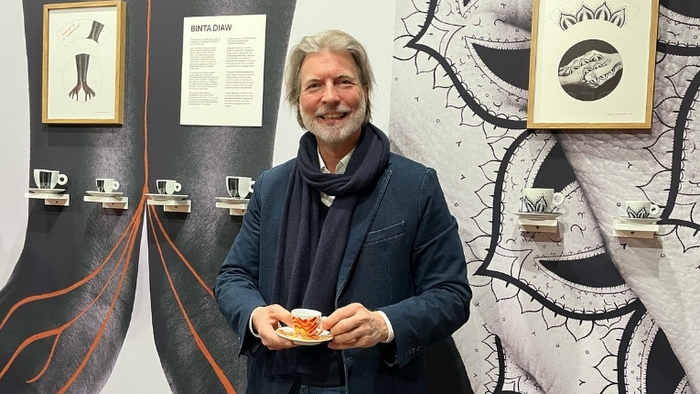
Illy Café y el arte: un espresso de creatividad
Marzo 07, 2025